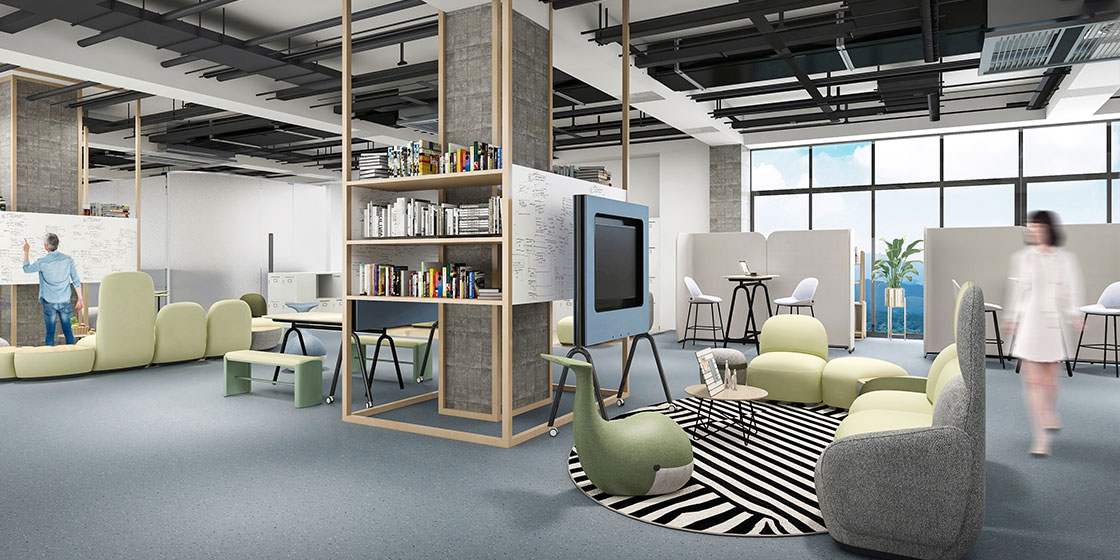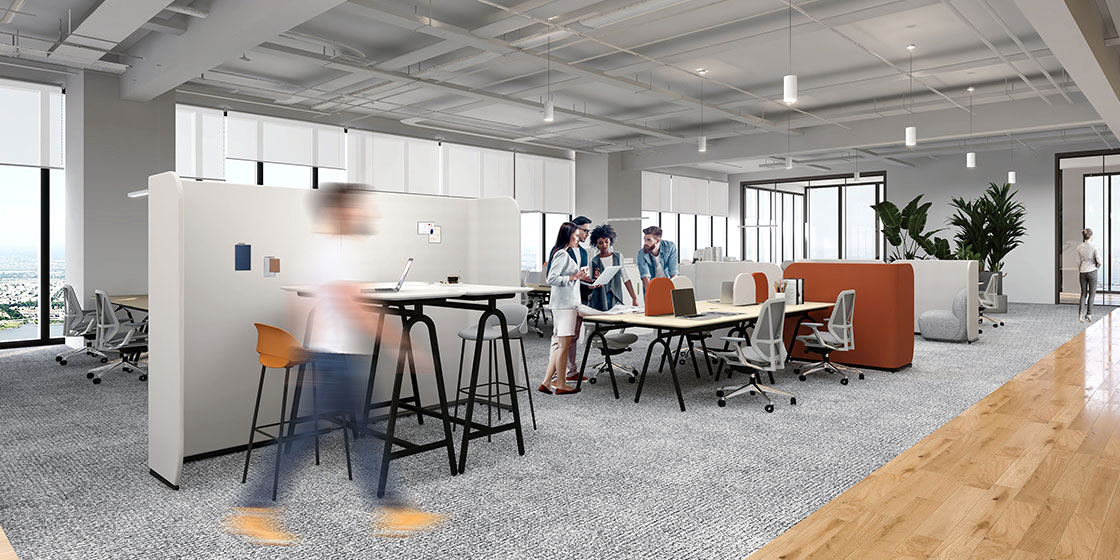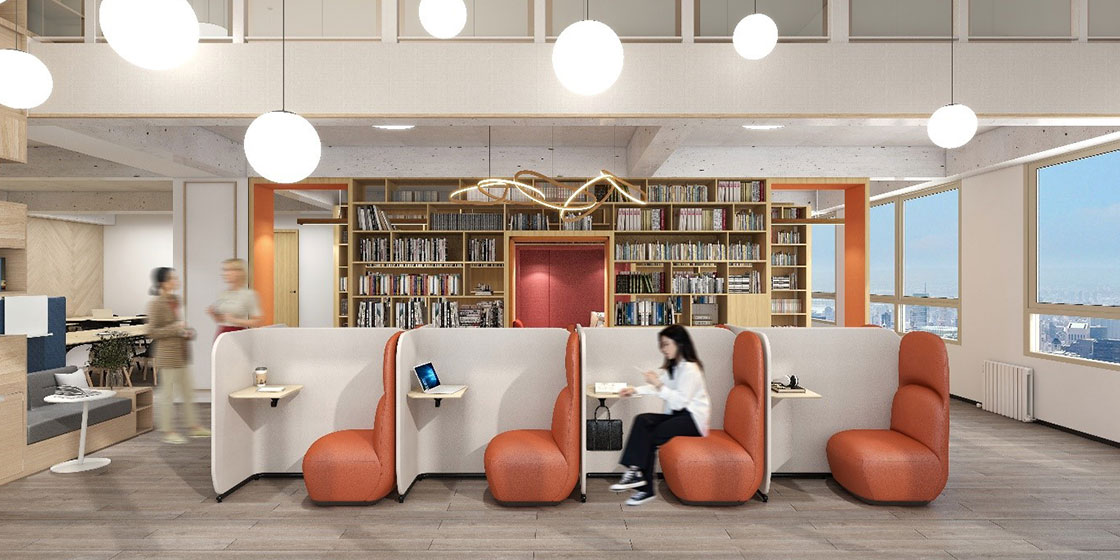
It has been said that the future of work is hybrid. More and more organizations have shifted from remote work to hybrid work models in 2021. A study by McKinsey & Company says that business leaders expect that their employees will only be required to spend 21% - 80% of their time in the office post-COVID-19. Hybrid and remote work are terms frequently used by managers but not always clearly defined.
As workplaces begin to reopen, organizations find that their workforce is unwilling to give up remote work completely as it has not affected productivity. So, companies are adopting a hybrid work model. How can organizations match remote workers with an in-person worker in their offices now that people are starting to meet in person again? There are different types of hybrid work models and suitability depends on the industry, office culture, and work functions.

Types of Hybrid work models
Organizations are discussing various iterations of the hybrid work model. The hybrid work looks different from company to company but there are some commonalities. Here are four major types of hybrid work models:
1. Remote first
2. Office first
3. Static hybrid
4. Scheduled hybrid
In this article, we are discussing these four work models and their Pros and Cons. We are not including ‘Fully Remote’ and ‘In Office’ work models in this list, as they are not Hybrid models.
Remote First – Full flexibility of working remotely. Employees can still perform on-site work. Physical co-working spaces and offices will remain available to the company’s workers as per their individual needs. Individuals may be remote or in the office on no fixed schedule
Pros
· Broader talent pool
· More Spaces for collaboration and meetings
· Instils trust in employees
· Improves efficiency
· Lower office costs
Cons
· Digital collaboration and communication can be tedious
· Needs more planning and structure
· Requires new tools and technology to be purchased
· Can lead to overcrowding at the office as there is no fixed schedule
· Office spaces may be underutilized

Office First – Similar to the previous model, but employees are required to be more present in the office and they have fewer days to work remotely. For some industries, the office-first model is the only viable choice for hybrid work.
Pros
· Easier to implement across departments
· Fosters corporate culture
· Optimal use of office spaces
· More engagement and healthy social environment
Cons
· Less work-life flexibility
· Office commute takes time
· Lack of trust as managers don’t allow for more flexibility.
· Not preferred by younger generations.
Static Hybrid - Assigning teams who would work at the office or home. Individuals and managers will make a choice of being based in the office or remote permanently. It works for organizations that require specific employees to work on-site.
Pros
· Properly planned and more flexibility for remote workers
· Reduce office costs
· Can be applied to specific departments across industries.
Cons
· Deviating from norms can cause communication and work problems
· No flexibility certain employees
· Can create a disconnect between in-office and remote workers.
Scheduled Hybrid - Assigning days or weeks specifically for on-site work and remote work. Team members are at the same place which is pre-decided. It can be a split-week model, for different departments. Many companies are following this model right now.
Pros
· Good mix of in-person and remote
· Avoids overcrowding
· Better Team engagement
· More room for experimentation
Cons
· Lacks inter-team interactions
· Needs scheduling tools and technologies for communication
· Confusion for cross-team meetings
· No office-cost saving

Conclusion
The goal of a hybrid workplace is to balance the individual needs of workers with their ability to collaborate in the office. Most importantly, when managed well, a hybrid workplace allows employees to be more efficient and productive. Each company will experiment with a different mix of remote, onsite, and flexible co-working arrangements. But offices will remain a strategic location for team engagement and fostering creativity and collaboration.